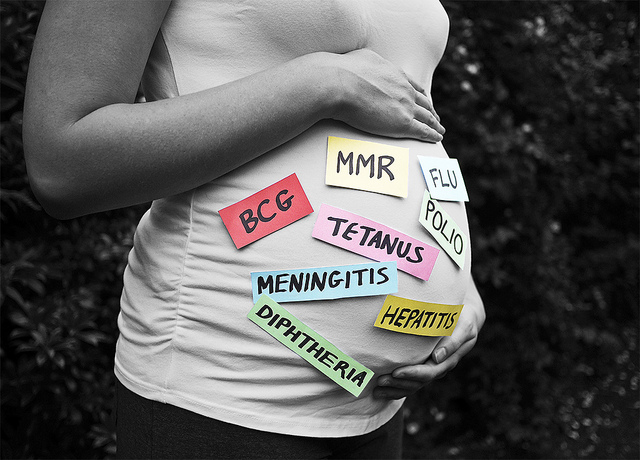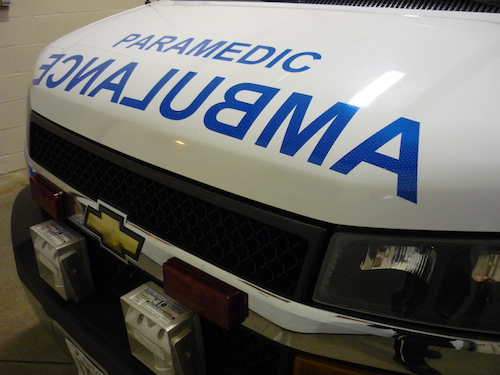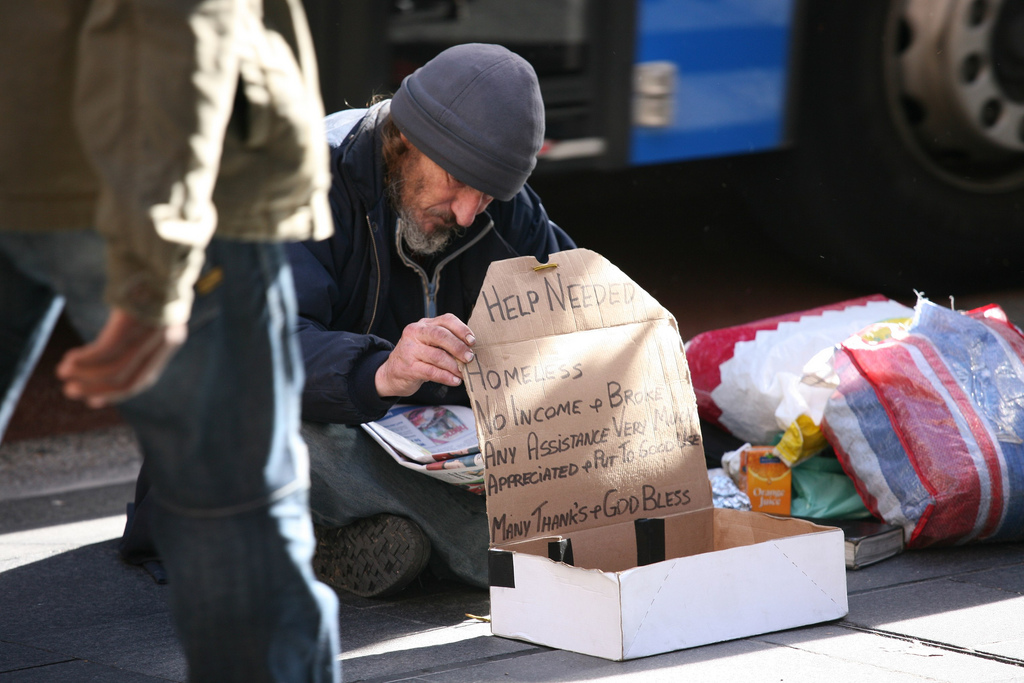The issue of childhood vaccination has lately been forefront in the media. As the great majority of parents have little to no scientific background, they can be vulnerable to scare-mongering when it comes to information regarding health risks to their children. The Australian Vaccination Network (AVN) purports to provide healthcare information to parents seeking evidence-based information regarding the vaccination safety. However, the AVN has a decidedly anti-vaccination stance. The AVN implies that if parents decide to vaccinate their children, they are increasing the risk of their child developing autism or another serious disease. Many are drawn in by this dangerous propaganda. How does the AVN seduce parents to do what is most dangerous for their children? And how can we combat their methods?
The AVN uses a number of propaganda techniques in their provision of information. The most noticeable technique is the ‘Appeal to Fear’. A link under ‘Autism’ on the AVN website states “Anyone who thinks that the vaccine-autism link began and ended with Dr Andrew Wakefield needs to do more research.”[1] Without stating outright that vaccination is involved in the pathogenesis of autism, the AVN raises this fear in the minds of parents. And what parent would willingly place their healthy child at risk of autism?
The AVN also uses the ‘Repetition’ and ‘Loaded Language’ to dissuade parents from vaccinating their children. The website repeatedly states that ‘vaccination is not compulsory’ and that parents will not lose their government benefits by refusing to vaccinate their children.[2,3] By repeatedly stating that parents don’t have to vaccinate, the AVN are implying that parents would undoubtedly prefer not to vaccinate, if only given the choice. This implies in turn that vaccination is an ill-advised choice for the health of their children.
Using the ‘Red Herring’ technique, the AVN presents data that, although accurate, does not relate to the issue under discussion, while claiming that it does. Under ‘General Vaccination Information’, the AVN lists studies reporting an increase in the prevalence of autoimmune and neurological disorders in Australia.[4] Although these studies are evidence based, they do not discuss or hypothesise any link with vaccinations. However, to parents without training in the analysis of scientific literature, it may seem to be a large body of trustworthy knowledge raising doubt about the safety of vaccination. I suspect that parents may see a wall of ‘evidence’ and trust that it is given in good faith. They may then be too embarrassed to admit their ignorance in front of their GP by questioning the ‘evidence’ that the AVN provides.
Combating propaganda is difficult and can be frustrating. The response of the international health community has been to thoroughly investigate legitimate health claims and to make clear evidence-based information readily available to the public. This has worked in countries where there exists a high degree of confidence in the health system, such as Finland, but not in countries with a more sceptical population, such as New Zealand.[5,6] The Australian Government Department of Health and Ageing provides an excellent resource in a booklet entitled ‘Myths and Realities: Responding to Arguments Against Vaccination’ for health care providers.[7] Patients seeking evidence-based information in an accessible format can be directed to http://www.immunisation.health.nsw.gov.au.
Combating scientific propaganda will continue to be a daily challenge. Being aware of the techniques used and having the means of negating them will enable us to provide evidence-based information effectively to patients, enabling them to truly make an informed choice regarding the health of their children.
- Australian Vaccination Network Inc. Autism [Online]. Available: http://avn.org.au/latest-news/autism/. [Accessed 16 July 2013].
- Australian Vaccination Network Inc. V for Vendetta << No Compulsory Vaccination [Online]. Available: http://avn.org.au/2012/04/v-is-for-vendetta-no-compulsory-vaccination/. [Accessed 16 July 2013].
- Australian Vaccination Network Inc. Know Your Rights! [Online]. Available: http://avn.org.au/making-an-informed-choice/know-your-rights/. [Accessed 16 July 2013].
- Australian Vaccination Network Inc. Is the general health of our children worsening rather than improving? Autoimmune and neurological disorders have been increasing significantly from the 1990’s (sic) to now. Why is this? [Online]. Available: http://avn.org.au/vaccination-information/general-vaccination-information/. [Accessed 16 July 2013].
- Balinska, M. Vaccination in tomorrow’s society. The Lancet Infectious Diseases. 2003;3(7):443-7.
- Mulholland, K., Korczak, V. & Tangcharoensathien, V. Confidence in vaccines in developing countries: social, cultural, economic and political influences. Journal of Epidemiology & Community Health. 2010;64(7):563-4.
- Australian Government Department of Health and Ageing. Immunisation Myths and Realities: responding to arguments against immunisation 5th edition [Online]. [Accessed 16 July 2013].




